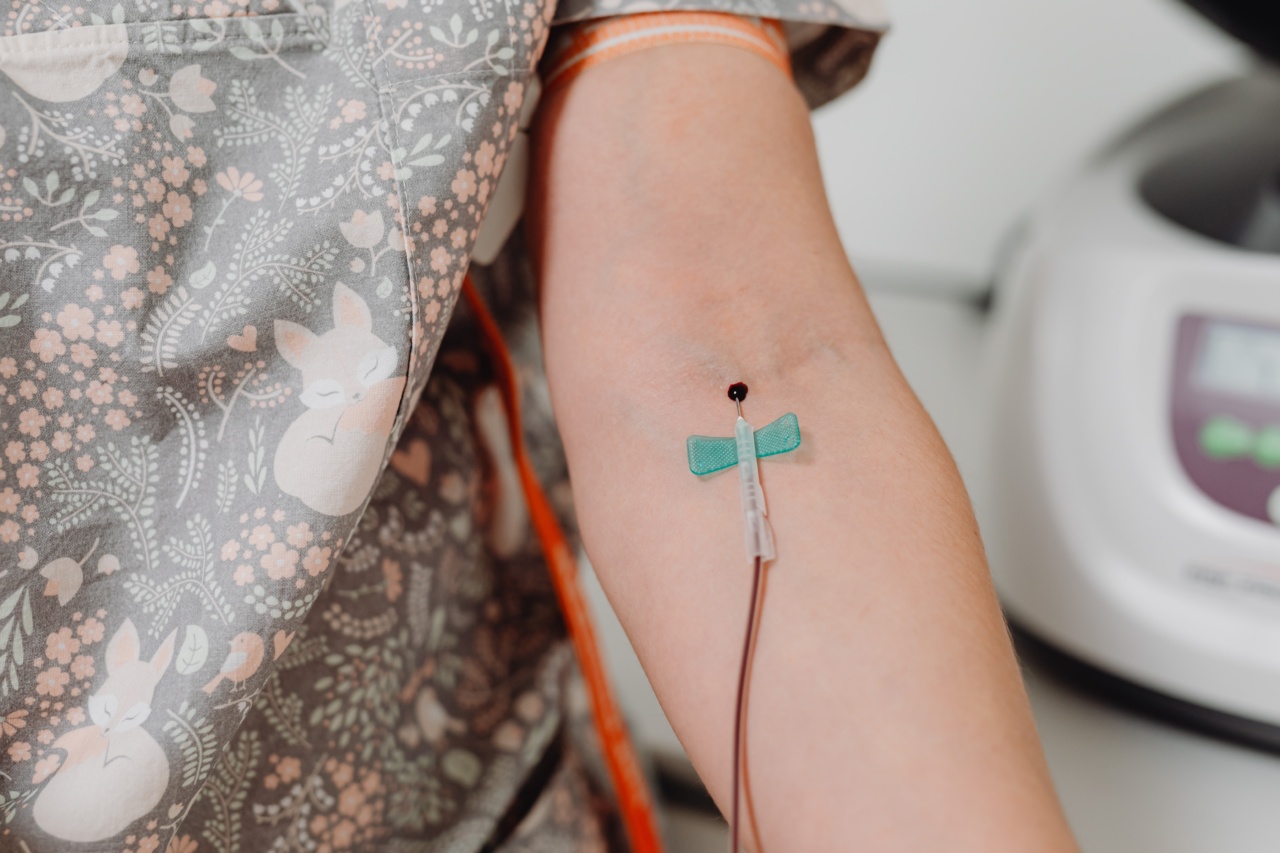Acute venous thrombosis is a serious medical condition that occurs when a blood clot forms in a vein. This condition can lead to complications such as pulmonary embolism and deep vein thrombosis.
In the past, treatment for acute venous thrombosis consisted of anticoagulants such as warfarin and low-molecular-weight heparin. However, recent advances in acute venous thrombosis treatment have revolutionized the way doctors approach this condition.
1. Non-vitamin K antagonist oral anticoagulants (NOACs)
NOACs are a newer class of anticoagulants that have become popular in the treatment of acute venous thrombosis. These drugs are considered to be as effective as warfarin, with fewer side effects and easier administration.
The most commonly used NOACs in the treatment of venous thrombosis are dabigatran, rivaroxaban, apixaban, and edoxaban. These drugs are taken orally and act by inhibiting certain clotting factors in the blood, thus preventing the formation of blood clots.
2. Catheter-directed thrombolysis (CDT)
CDT is a minimally invasive procedure in which a catheter is inserted into the affected vein and a thrombolytic agent is infused directly into the clot. This agent dissolves the clot and restores blood flow to the affected area.
CDT has been shown to be highly effective in treating acute venous thrombosis, especially in cases where anticoagulant therapy alone is not enough. This technique has fewer complications and a shorter hospital stay than traditional surgical intervention.
3. Compression therapy
Compression therapy involves applying pressure to the affected limb to prevent blood from pooling and clotting. This can be done through the use of compression stockings or pneumatic compression devices.
Compression therapy is often used in conjunction with anticoagulant therapy to prevent recurrent thrombosis.
4. Thrombectomy
Thrombectomy is a surgical procedure in which the clot is removed from the affected vein. This can be done through open surgery or minimally invasive techniques such as endovascular surgery.
Thrombectomy is often reserved for cases where anticoagulant therapy and CDT have failed or are contraindicated.
5. Thrombus management with ultrasound acceleration
Thrombus management with ultrasound acceleration (TUMA) is a new technique for treating acute venous thrombosis. This technique involves the use of a special catheter that emits ultrasound waves to break up the clot and restore blood flow.
TUMA has been shown to be effective in treating acute venous thrombosis, especially in cases where traditional anticoagulation therapy is not effective.
6. Novel oral anticoagulants (NOACs) reversal agents
NOACs reversal agents are a new class of drugs that are used to reverse the anticoagulant effects of NOACs. These drugs are used in emergency situations where a patient may be bleeding or requires emergency surgery.
The most commonly used reversal agents for NOACs are andexanet alfa and idarucizumab. These drugs have been shown to be highly effective in reversing the effects of NOACs and returning patients to a normal coagulation status.
7. Personalized medicine and pharmacogenomics
Personalized medicine and pharmacogenomics are new areas of research that are aimed at tailoring treatments to a patient’s unique genetic makeup.
This approach allows doctors to identify patients who are more likely to develop venous thrombosis and develop customized treatment plans that are effective for them. By analyzing a patient’s DNA, doctors can identify specific genetic markers that are associated with an increased risk of venous thrombosis and develop treatment plans that are tailored to their individual needs.
8. Prevention strategies
Prevention is always better than cure, and several strategies can be employed to prevent the development of venous thrombosis.
These include the use of compression stockings, regular exercise, avoiding prolonged periods of sitting or standing, and maintaining a healthy weight. Additionally, patients who are at high risk for developing venous thrombosis, such as those undergoing surgery, may require prophylactic anticoagulant therapy to prevent the development of blood clots.
9. Artificial intelligence (AI)
Artificial intelligence (AI) is a new area of research that is being used to develop predictive models that can predict the development of venous thrombosis.
These models use machine learning algorithms to identify patterns in patient data that are associated with the development of venous thrombosis. By analyzing large datasets, these models can help doctors identify patients who are at high risk of developing venous thrombosis and develop customized treatment plans that are effective for them.
10. Telemedicine
Telemedicine is a new technology that is being used to deliver healthcare services over the internet.
This technology can be used to monitor patients who are undergoing treatment for venous thrombosis and provide them with real-time support and guidance. Additionally, telemedicine can be used to help patients who live in remote or underserved areas to access the medical care they need.






























